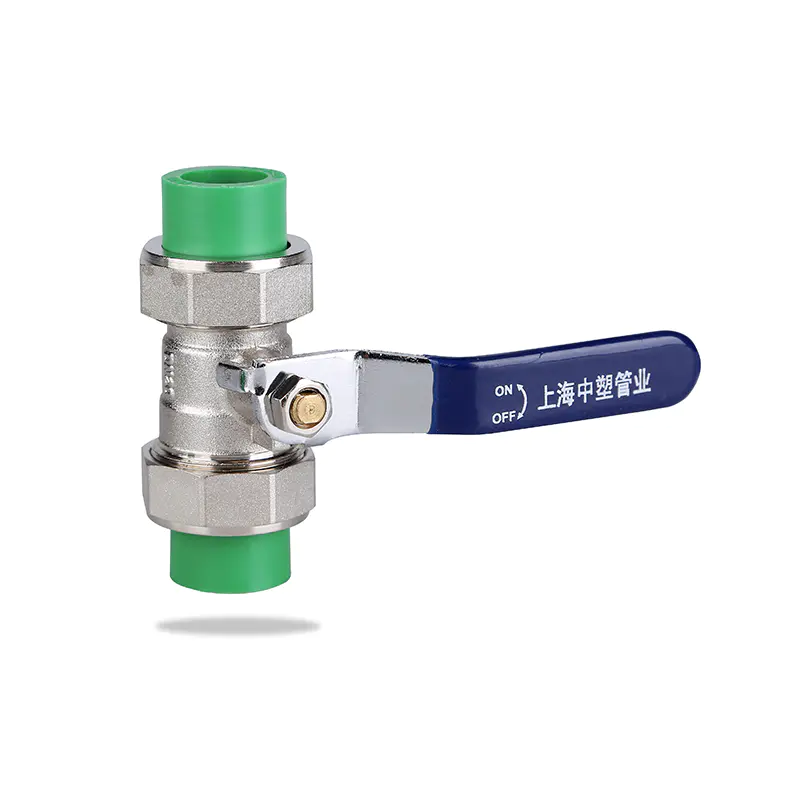Improving the corrosion resistance and chemical resistance of PPR valves involves several strategies aimed at enhancing the material composition and surface properties. Here are some effective approaches:
Select High-Quality Materials: Start by using high-quality PPR resin with superior chemical resistance properties. Ensure that the resin meets industry standards and specifications for corrosion resistance, such as ISO 15874 or ASTM F2389.
Additives and Reinforcements: Incorporate additives and reinforcements into the PPR material to enhance its resistance to corrosion and chemical degradation. For example, antioxidants, UV stabilizers, and anti-static agents can improve the material's durability and longevity in harsh environments.
Surface Treatment: Apply surface treatments or coatings to the PPR valve components to enhance their resistance to corrosion and chemical attack. Options include epoxy coatings, fluoropolymer coatings, or chemical-resistant paints that form a protective barrier against corrosive substances.
Chemical Resistance Testing: Conduct thorough chemical resistance testing to evaluate the performance of the PPR valves under specific chemical exposures. Test the valves with a range of chemicals, acids, alkalis, solvents, and other corrosive substances commonly encountered in the application environment.
Optimize Valve Design: Design the PPR valves with features that minimize the risk of corrosion, such as smooth internal surfaces, rounded edges, and proper drainage to prevent the accumulation of corrosive fluids or debris. Avoid sharp corners or crevices where corrosion could initiate.
Use Compatible Materials: Ensure that all components and materials used in the construction of PPR valves are compatible with the intended application and the chemicals or fluids they will come into contact with. Choose sealing materials, gaskets, and O-rings that are chemically resistant and compatible with PPR.
Proper Installation and Maintenance: Follow recommended installation practices to prevent damage to the PPR valves during assembly and operation. Implement regular maintenance and inspection schedules to detect any signs of corrosion or degradation early and take corrective action promptly.
By implementing these strategies, you can effectively improve the corrosion resistance and chemical resistance of PPR valves, ensuring their reliability and performance in demanding applications where exposure to corrosive substances is a concern.



 EN
EN
 AR
AR
 BG
BG
 HR
HR
 CS
CS
 DA
DA
 NL
NL
 FR
FR
 DE
DE
 EL
EL
 IT
IT
 JA
JA
 KO
KO
 PL
PL
 PT
PT
 RO
RO
 RU
RU
 ES
ES
 SV
SV
 TL
TL
 IW
IW
 SR
SR
 SK
SK
 UK
UK
 VI
VI
 SQ
SQ
 ET
ET
 HU
HU
 MT
MT
 FA
FA
 AF
AF
 MS
MS
 GA
GA
 CY
CY
 IS
IS
 AZ
AZ
 LA
LA
 MN
MN
 UZ
UZ
 KY
KY

